DROPS Karisma
A superwash treated wool classic
from:
1.60£
1.75€
Content: 100% Wool
Yarn Group:
B (20 - 22 stitches)
/ 8 ply / DK / worsted
Weight/length: 50 g = approx 100 m
Recommended needle size: 4 mm
Knitting tension: 10 x 10 cm = 21 sts x 28 rows
Care: Machine wash on gentle cycle 40°C / Don’t use fabric softener / Dry Flat
Superwash: yes
Made in: EU
Raw material origin: Wool from South America
This yarn has an Oeko-Tex® certification (certificate number 25.3.0110), Standard 100, Class I from the INNOVATEXT TEXTILE ENGINEERING AND TESTING, HUNGARY. This means that is has been tested for harmful substances and is considered safe in human-ecological terms. Class I is the highest level, and it means the yarn is suitable for baby articles (ages 0-3).
DROPS Super Sale
30% discount
Valid until 30.11.2025DROPS Karisma is a 4 strands sport yarn with great shape stability that is superwash treated, which means that it’s machine washable and perfect for everyday use.
Soft and comfortable to the skin, DROPS Karisma has been one of the most popular qualities in our classic wool range since its first introduction in Scandinavia during the 1980s, and is supported by an extensive library of free patterns.
Read more about our products' sustainability here
Please be aware that the colours shown may vary from screen to screen in the same way that shades may vary slightly from dye lot to dye lot.
How do I care for this yarn?

Machine wash on gentle cycle 40°C / Don’t use fabric softener / Dry Flat
First of all, consider just airing the garment, instead of washing it. If you still desire to wash it, here are some guidelines:
- Machine wash superwash treated wool - separately - using a wool/gentle cycle program at 40ºC with a light centrifugation (about 800rpm), and wool detergent without enzymes or optical brighteners.
- Don’t use fabric softener with superwash treated yarn.
- NEVER leave the garment to soak/wet in the washing machine for a long period of time.
- To dry the garment, shape it and lay it flat - do not hang - ideally on a warm bathroom floor or on top of a drying rack in a room with good air circulation. Never dry the garment in direct sunlight.
- Don’t tumble dry.
- Never iron the garment directly. Use always a damp cloth between your steaming iron or regular iron and the garment.
Note: If you are washing a project made with this yarn combined with another, the general guideline is to follow the washing instructions for the most delicate of the yarns you are working with.
Do you have a question about this yarn?
See a list of frequently asked questions (FAQ) about our yarns.
1) What type of fibers make the DROPS yarns?
Yarn can be made from a large number of natural and synthetic fibers. DROPS carries mainly yarns made from wool, cotton, alpaca, linen, mohair and silk. Each fiber type has its own qualities, and they are often mixed to take advantage of the best properties of each one. Coarse yarn has the advantage of being stronger and more durable, and finer fibers offer more softness and comfort. Here a bit about the main fibers we carry:
Alpaca:
Alpaca fleece is the natural fiber harvested from an alpaca, and it is similar in structure to sheep wool fiber. Its softness comes from the small diameter of the fiber, similar to merino wool. It is a soft, durable, luxurious and silky natural fiber. Yarn made from alpaca fibers does not felt or pill easily, and it can be light or heavy in weight, depending on how it is spun. While similar to sheep’s wool, it is warmer, not prickly, and has no lanolin, which makes it hypoallergenic. Alpacas come in 22 natural colors, with more than 300 shades from a true-blue black through browns-black, browns, white, silver and rose-greys.
Mohair:
This fiber comes from the Angora goats, and it's considered a luxury fiber. Mohair yarn is warm as wool, but much lighter in weight; it is durable, dyes well and does not felt easily. Mohair fibers have also a distinctive luster created by the way they reflect light. Despite being a hard fiber, mohair is usually spun into a very fluffy yarn, resulting in airy and lustrous garments.
Wool:
The wool fibers come from the skin of sheep and are relatively coarse fibers. Two striking characteristics of wool are its susceptibility to heat and its felting property, which is caused by the scales on the surface. Depending upon the breed of sheep, the appearance of the wool varies.
Wool from Merino sheep is considered the finest type of wool, having as characteristics that is finely crimped and soft. All the Merino wool in the DROPS yarns has its origins in South America, coming from sheep that have not been subject to Mulesing.
Pure new wool is wool made directly from animal fleece, and not recycled from existing wool garments.
Machine washable wool is wool treated chemically to minimize the outer fuzzy layer of the fibers, and be therefore fitable for machine wash (see Superwash).
Silk:
The silk fiber is a fine continuous fiber produced from the cocoon of a moth caterpillar known as the silkworm. While silkworm is cultivated, the wild or tussah silk is obtained from uncultivated silkworm cocoons. Silk fiber is one of the strongest natural fibers and makes a wonderful knitting yarn. It blends really well with other fibers, especially wool. Silk also dyes beautifully with natural dyes.
Vegetable fibers:
There are several varieties of vegetable fibers, found in the cell walls of plants or vegetables. Of all the varieties, two are recognized as major knitted or textile fibers. They are cotton and linen.
Cotton is the fiber surrounding the seeds in a cotton pod, and it is almost pure cellulose. Cotton is usually white in color but there are green and brown varieties as well. The cotton fiber is most often spun into yarn or thread and used to make a soft, breathable textile that is good for summer clothing and accessories, making a weaker yarn than silk or linen but stronger than wool.
Mercerized cotton is cotton that has been through a mercerization treatment. This treatment gives cotton fabrics and threads a lustrous yarn that is more lustrous than conventional cotton. It is also stronger, takes dye a little more readily, makes the yarn more resistant to mildew and reduces lint. It also may not shrink or lose its shape as much as "regular" cotton.
Linen is a fiber derived from the stalk of the flax plant that is durable and stronger than any other fiber. The linen fiber is relatively soft, straight and lustrous and becomes more beautiful with age. Linen is more comfortable to wear in hot temperatures than cotton, due to the fact that it absorbs moisture better and dries more quickly.
Other materials used in our yarns include synthetic fibers such as acrylic, viscose, polyamide (nylon) and polyester. These fibers are used mostly to give strength to a yarn (like our sock yarn, DROPS Fabel) or a special kind of structure (like our blown yarn, DROPS Air).
The polyamide fibre, commonly known as nylon, is very strong, durable, lightweight, easy to care for (can be machine washed and dried), and elastic, which makes it perfect for blending with other fibres to produce hard-wearing yarns like sock yarn.
Compared to polyester, polyamide is softer and more flexible, but it also absorbs more water and dries slower.
3) What type of information can I find on the DROPS yarn labels?
All DROPS yarn labels include information about fiber content (wool, cotton, etc.), weight in grams and ounces, length in meters and yards, washing instructions and symbols (explained here), color number, dye lot number and yarn group information.
4) What are the DROPS yarn groups?
All DROPS yarns are classified into 6 different thickness groups (A to F). Yarns in a same group have similar knitting tension/gauge, and can therefore be interchanged in patterns; however the length may be different, so when substituting always calculate the amount of meters/yards needed for the pattern to know the amount of yarn you need to get.
5) Can I use a different yarn than the one mentioned in the pattern?
Yes, as long as the yarn can be worked in the same knitting tension/gauge. Always swatch to make sure you get the same number of stitches in width and rows in height as given in the pattern.
Remember that different yarns with different textures, will give the garment different looks. The yardage/length may also be different, so when substituting always calculate the number of yards needed, in order to know the amount of yarn you need.
Read more about how to calculate the amount of an alternative yarn - and how to replace 1 thread of a yarn with 2 or more of another, here.
6) What does it mean when a yarn is “Superwash”?
A superwash wool is a special wool product that has been treated or processed in a way that allows it to be machine washable. Many people are afraid to work with wool because it is so easy to shrink (though some shrink wool on purpose) and superwash wool can allow them to work with great fibers without worry. (Read more here).
7) What does “Oeko-Tex® certified” means?
The Oeko-Tex® Standard 100 was introduced at the beginning of the 1990s as a response to the needs of the general public for textiles which posed no risk to health. The Oeko-Tex® Standard 100 is a globally uniform testing and certification system for textile raw materials, intermediate and end products at all stages of production. The test for harmful substances comprise substances which are prohibited or regulated by law, chemicals which are known to be harmful to health, and parameters which are included as a precautionary measure to safeguard health.
For more info go to www.oeko-tex.com
10) How accurate are the colours on the shade cards online?
When obtaining images for the shade card, we do our best to achieve the highest level of color accuracy. Unfortunately, we cannot guarantee how images will appear on your computer screen. Every monitor displays color differently, some colors might look darker than they really are, and some colors might be more saturated on some screens. If you experience that many of the yarn colors looks different on your screen than the actual color of the skeins, you can adjust the setting on your monitor.
11) What is a micron? What does super fine / extra fine mean?
The fineness of yarn fibers is measured in microns (thousands of millimeters). Super fine alpaca wool is 26-28 microns. Fine merino wool is less than 21.5 microns and extra fine merino is under 19.5 microns. The less microns the softer and more delicate a quality can be, the more microns the more hard wear the quality will be.
The reason why the microns in a yarn’s fibers are important is that the yarn will eventually become something else, and how delicate or coarse a yarn is will determine in part what we use it for. That’s why we recommend the softest yarns (like DROPS Baby Merino) for baby clothing, or why we choose to use a more hard wear yarn like DROPS Snow, for a seating pad or slipper.
12) Why are the colours in my skeins of print yarn different?
The reason why two skeins of a same print yarn look different can be 1) that both skeins are part of different dye lots; 2) that the skeins have been dyed using a technique called "magic print" (the one used for example in DROPS Delight), which provides unique patterns and smooth colour transitions to each skein, meaning also that within one dye lot, lighter or darker varieties might appear. This is no fault or defect, but part of the yarn's character.
13) My store doesn’t have the colour I want, what can I do?
If your DROPS store doesn’t have the yarn colour you want, try contacting a DROPS Super Store (the ones with the golden badges) - they will make sure to get a hold of the colour even if they don’t have it in stock themselves. See a list of all DROPS stores here.
14) Where can I find a specific dye lot of a colour?
Always try contacting your DROPS store first. If they do not have the dye lot you want we recommend you to ask other knitters and crocheters in the DROPS Workshop in Facebook or Ravelry, which may have the dye lot in their stash and might be willing to part from it.
Yarn sheds because there's not enough twist to hold all of the fibers together. All yarns have excess fibers (from production) that might come off as lint or shedding, in varied degrees that depend on how the yarn is spun. Brushed yarns ("hairier" yarns) like DROPS Melody, have more of these loose fibers than other yarns, and therefore shed more. Shedding also depends on what is worn under or over the garment, and whether this pulls at the yarn fibers. It’s therefore not possible to guarantee that there will be no shedding.
Below are some tips on how to get the best result when working with hairier yarns:
- When the garment is finished (before you wash it) shake it vigorously so the looser hairs come off. NOTE: do NOT use a lint roller, brush or any method that pulls at the yarn.
- Place the garment in a plastic bag and put it in your freezer - the temperature will cause the fibers to become less attached to each other, and excess fibers will come off easier. Leave in the freezer for a few hours before taking it out and shaking it again.
- Wash the garment according to the instructions on the yarn label. Garments worked with hairier yarns usually need to be shaken once dry after washing, so that the hairs rise and any excess fibers can come off.
Pilling is a natural process that happens to even the most exclusive of fibers. It's a natural sign of wear and tear that is hard to avoid, and that is most visible in high friction areas of your garment like a sweater's arms and cuffs.
You can make your garment look as new by removing the pilling, using a fabric comb or a pill/lint remover.
How can I replace this yarn?
If you are looking to replace this yarn with another DROPS yarn, you can use another yarn within the same yarn group, or try our yarn converter!
Other yarns in Yarn Group B
Read more about replacing yarn.Have a problem with the DROPS yarn you purchased?
When you purchase yarn from the shade cards or patterns on our site, you are not buying directly from DROPS but from one of the hundreds of DROPS stores around the world. It is therefore important that you take contact with the DROPS store where you bought the yarn, and that you save the labels of all the skeins you purchased (they are your warranty).
The DROPS store you contact will assist you and escalate the claim if necessary. Find a list of DROPS stores here.
Comments / Questions (395)
![]() Sylvaine Borello wrote:
Sylvaine Borello wrote:
Attention le tricot s'étire énormément au 1er lavage et sutout il craint beaucoup les mites!!!
31.12.2014 - 21:26DROPS Design answered:
Bonjour Mme Borello, veillez toujours à bien suivre les indications des étiquettes mais également les conseils d'entretien des laines - et pensez aussi toujours à prendre les précautions d'usage pour préserver vos lainages - pensez à contacter votre magasin DROPS, il pourra vous donner des trucs & astuces. Bon tricot!
02.01.2015 kl. 17:22
![]() Clochette wrote:
Clochette wrote:
Cher Garnstudio, j'ai encore en stock 10 pelotes de Karisma d'il y a 4 ans. Si pour vous, le fil n'a pas changé, pour moi, le nouveau Karisma actuel est beaucoup plus fin, je peux le sentir sous les doigts, mais surtout ce n'est plus du tout la même chose en crochet. C'est dommage. J'ai fait plusieurs modèles que je vends en boutique avec de la laine Karisma. Ce changement de qualité m'oblige à changer mes modèles et mes prix. Je ne suis pas sûre d'en recommander à l'avenir.
24.11.2014 - 16:00DROPS Design answered:
Bonjour Clochette, comme indiqué ci-dessous, merci de bien vouloir prendre directement contact avec le magasin où vous avez acheté votre laine en indiquant bien toutes les informations telles que couleur, n° de bain et en y joignant des photos. Le magasin pourra alors prendre contact avec nous et vous tiendra alors informée. Merci. Bon tricot!
24.11.2014 kl. 16:43
![]() Clochette wrote:
Clochette wrote:
Bonjour, j'ai fait une commande Karisma et suis déçue : la qualité a changé et le fil est beaucoup plus fin. Pourtant, le site web n'annonce aucun changement. Comment le travailler avec les aiguilles annoncées si la qualité n'est pas la même ? Merci pour votre réponse.
22.11.2014 - 22:29DROPS Design answered:
Bonjour Clochette, Karisma n'a pas été modifiée, merci de bien vouloir contacter votre magasin en lui indiquant bien les références exactes (couleur et bain) et en joignant des photos. Merci. Bon tricot!
24.11.2014 kl. 14:07
![]() Vigdis Sandåg wrote:
Vigdis Sandåg wrote:
Hei, er fargene 43 isblå i Karisma utgått. Finner den ikke på fargekartet, var på Husfliden i Bodø og de hadde den heller ikke. Holder på med heklet lappeteppe som jeg fant oppskrift på siden deres og nå mangler jeg 1 nøste i Karisma farge nr 43 isblå. Kan dere hjelpe meg. Vennlig hilsen Vigdis Sandåg
01.11.2014 - 14:18DROPS Design answered:
Hej Vigdis, ja Karisma 43 isblå har utgått. Men klikk på "bestill nå" på fargekartet så kan butikkerne muligvis stadigvæk have den på lager.
03.11.2014 kl. 09:59
![]() Agnieszka wrote:
Agnieszka wrote:
Ich überlege, mit dieser Wolle das Set 'First Snow' für meinen Sohn zu stricken und frage mich nun, ob diese Wolle auch weich genug für die zarte Babyhaut ist? Vielen Dank für Ihre Antwort, Agnieszka
20.10.2014 - 21:06DROPS Design answered:
Liebe Agnieszka, wenn Sie eine besonders weiche Wolle dieser Garngruppe suchen, empfehlen wir Ihnen Merino Extra fine, oder wenn das Gestrick etwas mehr Festigkeit haben soll, könnten Sie Cotton Merino benutzen.
21.10.2014 kl. 14:27
![]() Glenna wrote:
Glenna wrote:
Is Drops Karisma a sport wt.(2)or a DK weight(3) or a Worsted Weight (4) yarn? I see it is using size 6 as a standard size for this yarn, but that seems large for a sport weight here in USA
16.10.2014 - 13:41DROPS Design answered:
Dear Glenna, DROPS Karisma is a DK / 8 ply (11 wpi), and is approx 109 yards (100 meters) for 1.76 ounces (50 g) - it can be worked with needle size US 4-6 depending on the texture you'd like to have. Happy knitting!
16.10.2014 kl. 16:16
![]() Heidi Solberg wrote:
Heidi Solberg wrote:
Har dere 2 nøster karisma farge 54 fra parti 1300 å selge meg ?
04.10.2014 - 21:19
![]() Antoinette wrote:
Antoinette wrote:
Ik wil graag het vest (Jacqueline) met kantpatroon, gaan haken (erg mooi!) maar ben allergisch voor wol. Welk acrylgaren kan ik in plaats daarvan gebruiken?
27.08.2014 - 23:37DROPS Design NL answered:
Beste Antoinette. Wij hebben weinig acrylgaren in onze assortiment. Je kan ook kiezen voor katoen, zie het overzicht van garencategorieën hier of kies een acrylgaren van een ander merk.
17.09.2014 kl. 09:54
![]() Giraldo Katrien wrote:
Giraldo Katrien wrote:
Waar op de kleurenkaart zijn de nummers:24paars,12lila,15violet,31geel.en er is ook een blauwe kleur bij:welk kleur?
24.08.2014 - 15:09
![]() Janneke wrote:
Janneke wrote:
Ik brei een babydekentje met Karisma. Erg mooi, maar ik zal niet gauw weer voor dit garen kiezen. Voor de vierde keer (in 9 bollen die ik heb gekocht) zit er een breuk in het draad die in de fabriek met een knoop weer aan elkaar is geknoopt. Is het draad zo fragiel? Ik moet nu midden in een naald de draad doorknippen en 'nieuwe' draad starten. Erg jammer; ik laat Karisma voorlopig links liggen denk ik.
08.05.2014 - 15:44
![]() Ines wrote:
Ines wrote:
Podríais indicarme que azul de Karisma es el que aparece en el primer plano de la fotografía de ovillos de color azul? Es el color denis claro? Gracias
05.05.2014 - 20:37DROPS Design answered:
Hola Inés, es el número 30 light denim blue :)
23.10.2014 kl. 07:53
![]() Patati0 wrote:
Patati0 wrote:
Bonjour, Est-ce que la laine karisma pique?.
28.03.2014 - 03:27DROPS Design answered:
Bonjour Patati0, la sensibilité de chacun est très différente, n'hésitz pas à demander conseil à votre magasin DROPS. Si vous êtes très sensible, pensez à des qualités de type Merino (Baby Merino, Merino Extra Fine ou Big Merino). Bon tricot!
28.03.2014 kl. 11:11
![]() Restelli Joëlle wrote:
Restelli Joëlle wrote:
J'ai fait faire un pull irlandais et la dame a pris la Karisma. Le pull est magnifique mais impossible à mon mari de le porter car il pique. Je suis très déçue !
22.03.2014 - 15:53DROPS Design answered:
Bonjour Mme Restelli, la sensibilité de chacun est très différente, si vous êtes très sensible, pensez à des qualités de type Merino (Baby Merino, Merino Extra Fine ou Big Merino). Bon tricot!
24.03.2014 kl. 10:40
![]() Kathleen wrote:
Kathleen wrote:
What is the yardage please. I've seen 101-15 knitted in Muscat that I would like to knit in Karisma.
19.03.2014 - 13:02DROPS Design answered:
Dear Kathleen, 1 ball Karisma = 50 g / approx. 100 m. See Tips & Help/FAQ to calculate yarn amount when choosing an alternate yarn. Happy knitting!
24.03.2014 kl. 10:42
![]() Ane Elmose wrote:
Ane Elmose wrote:
Jeg har brug for nogle nøgler af Karisma superwash i farve 035, men kan ikke finde den - er farven udgået af jeres sortiment? Med venlig hilsen Ane
12.01.2014 - 09:49Annick wrote:
Hallo. Ik wou de Drops Kindertrui, muts en losse kol van Karisma superwash breien, vooral de muts maar ik denk dat er één kleur niet te verkrijgen is nl de nr 62. Kan dit kloppen en hoe lossen jullie dit dan op. Grtjs Annick.
11.01.2014 - 01:59
![]() Lissie wrote:
Lissie wrote:
Når kommer den nye fargen, nr 72, i butikkene?
20.11.2013 - 17:24
![]() DROPS Design NL wrote:
DROPS Design NL wrote:
Hoi Hannie. De kleur 63 is helaas niet meer verkrijgbaar, maar u kunt natuurlijk een mooie alternatief uitzoeken tussen de 35 overige kleuren ;-) Veel breiplezier.
29.10.2013 - 10:57
![]() Hannie Bindels wrote:
Hannie Bindels wrote:
Graag zou ik n patroon van drops breien. De gebruikte wol ( superwash Karisma nr 63 ) wordt echter niet aangeboden. Komt deze kleur wel nog in het assortiment?
28.10.2013 - 19:12
![]() Rian wrote:
Rian wrote:
Is dit garen net als de alaska wol niet blootgesteld aan een chemische behandeling voor het verven?
14.10.2013 - 20:56DROPS Design NL answered:
Hoi Rian. Ja, Karisma is net zoals Alaska Öko-Tex gecertificeerd.
15.10.2013 kl. 12:42
![]() Janne Berit Volden wrote:
Janne Berit Volden wrote:
Noen som svarer på innlegget under, ang. Karisma ? Hva blir det i porto og ekspedisjonsavg ?
21.05.2013 - 11:11
![]() Janne Berit Volden wrote:
Janne Berit Volden wrote:
Noen som svarer på innlegget under, ang Karisma ? Hva blir det i porto og ekspedisjonsavg. ?
21.05.2013 - 11:07
![]() Ellen Marie Tatik wrote:
Ellen Marie Tatik wrote:
Er det mulig å bestille marineblått nr 17 til slutten av juni for samme prisen som er nå, det er Karisma jeg mener
15.05.2013 - 09:54
![]() DROPS Nederland wrote:
DROPS Nederland wrote:
Beste dames. Probeer voor de zekerheid altijd eerst een proeflapje te maken en wassen in de machine. Dan weten jullie hoe het garen reageert in jullie wasmachine. Ik doe dit altijd zelf en heb nooit problemen gehad.
13.05.2013 - 08:36






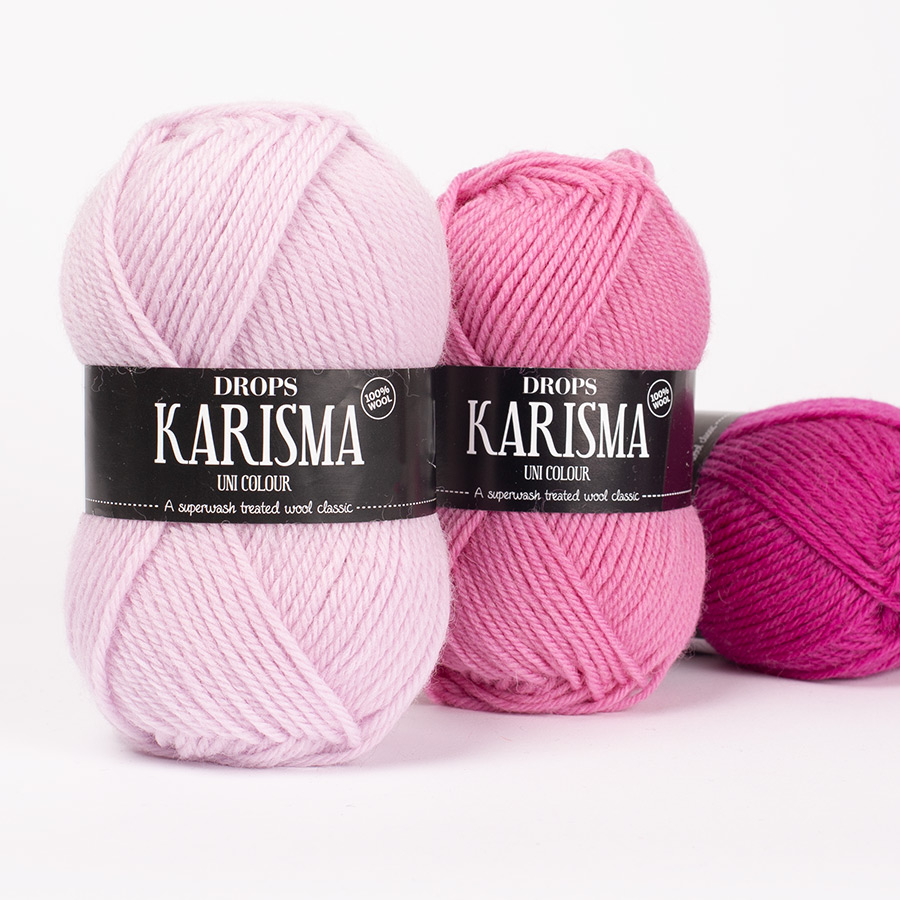
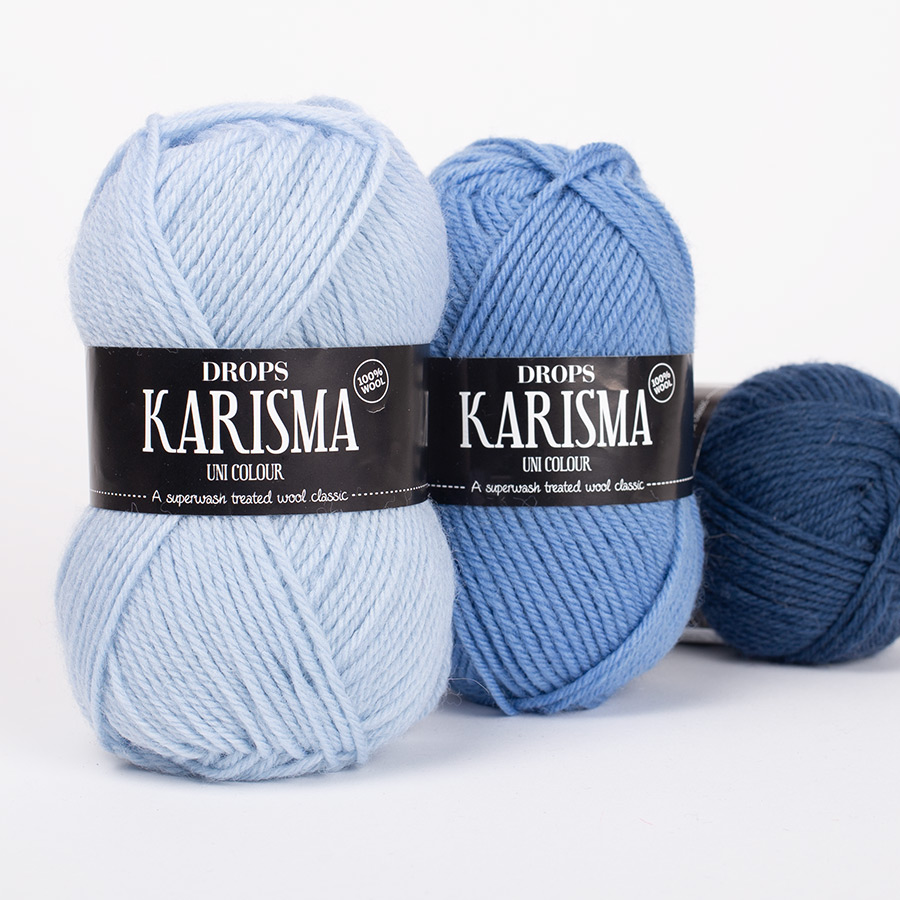
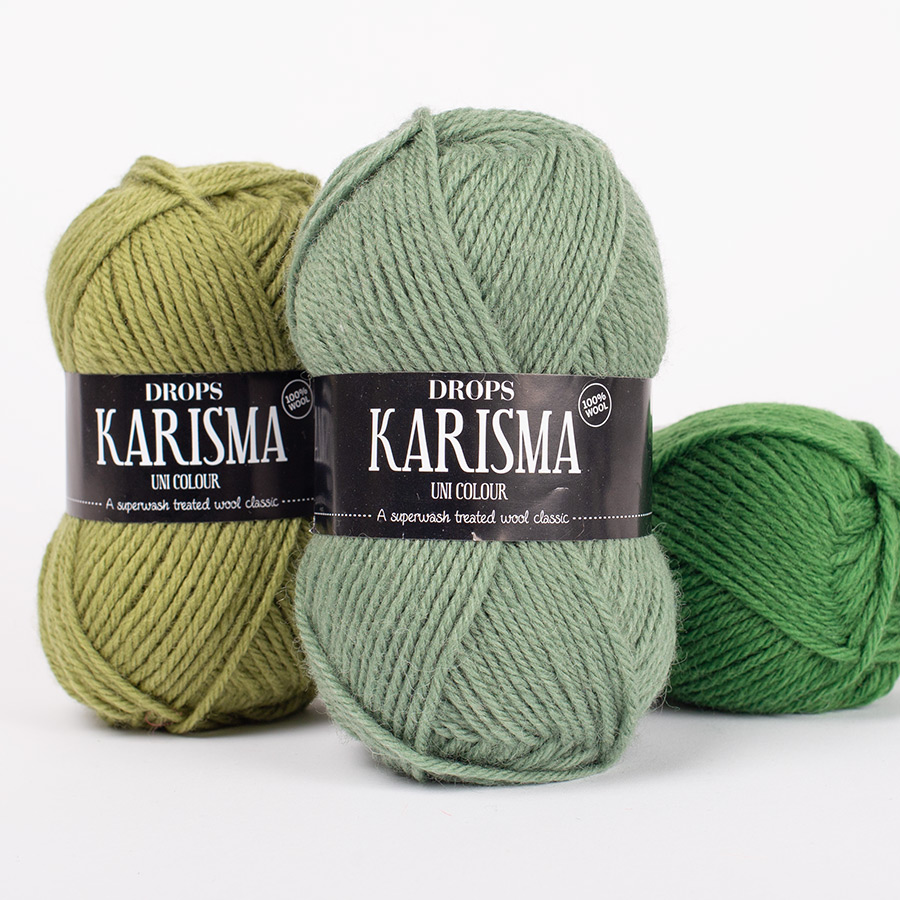
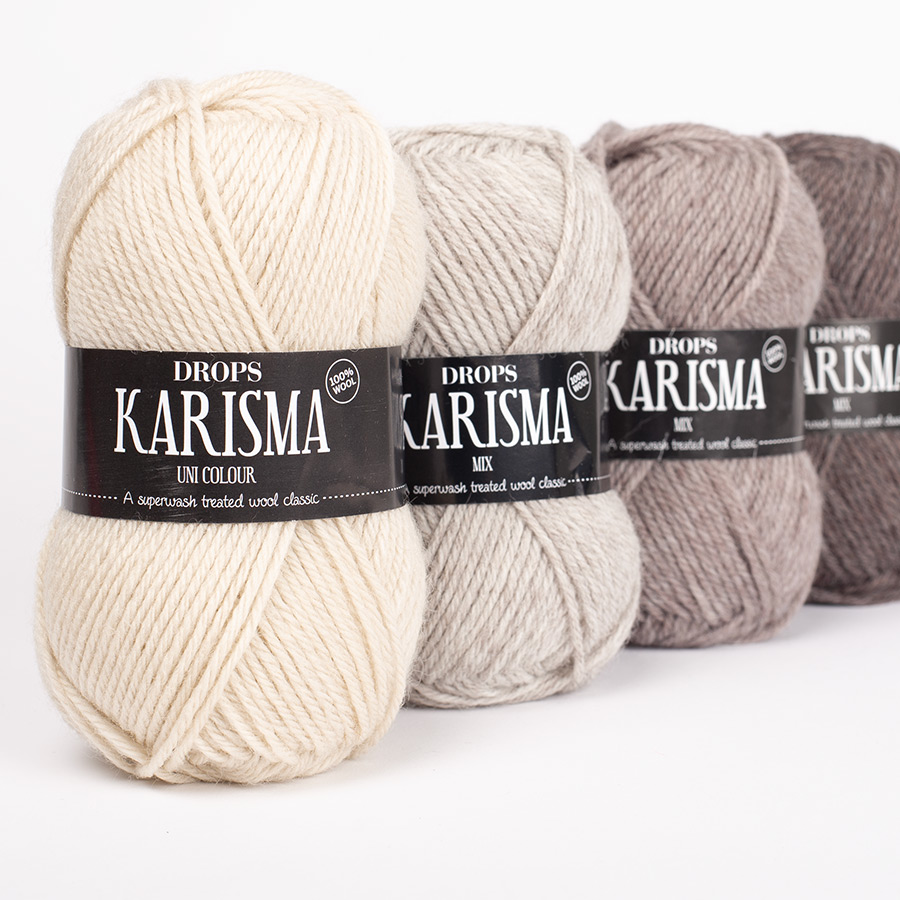
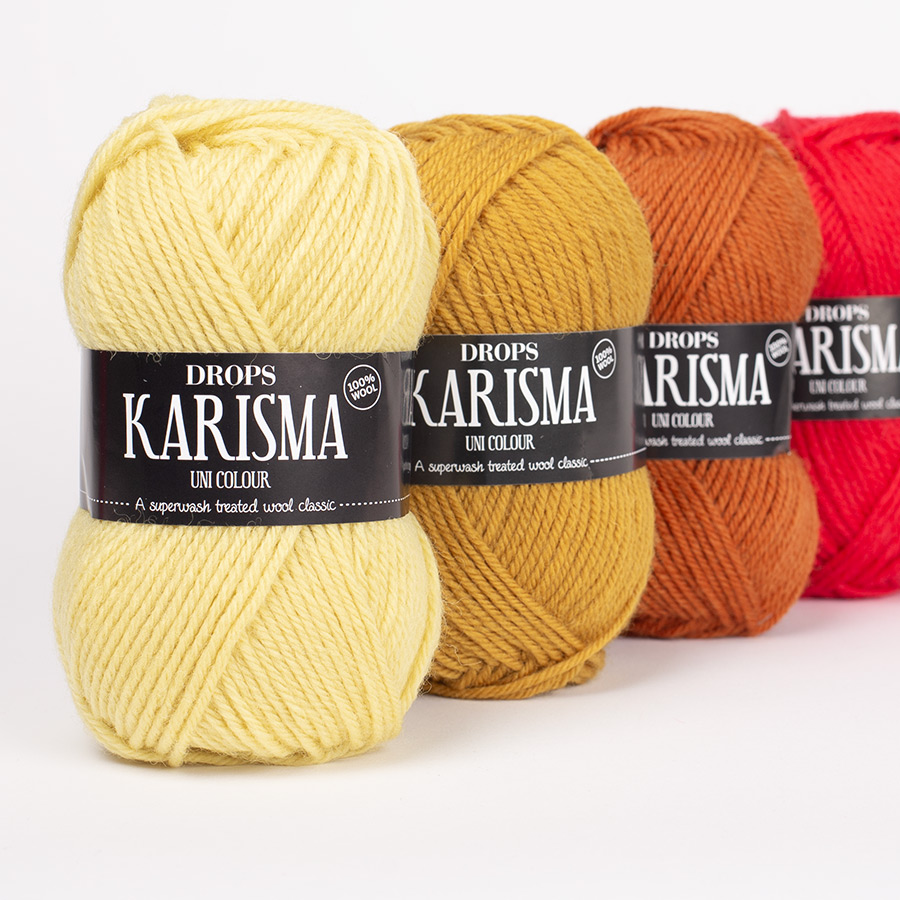
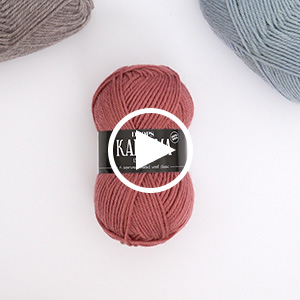











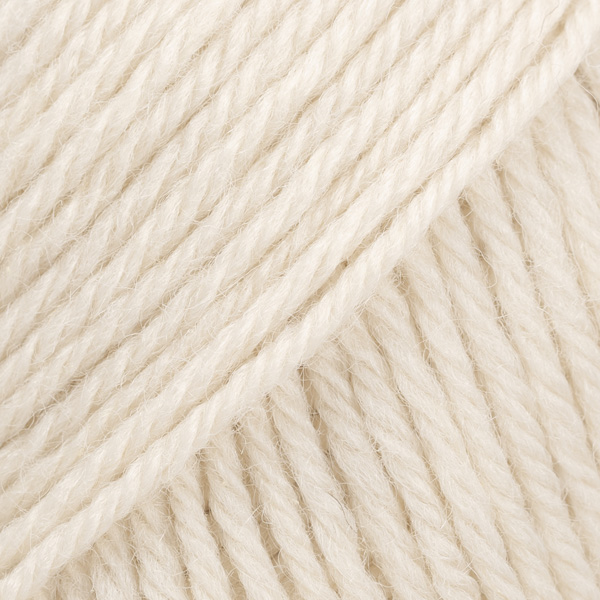










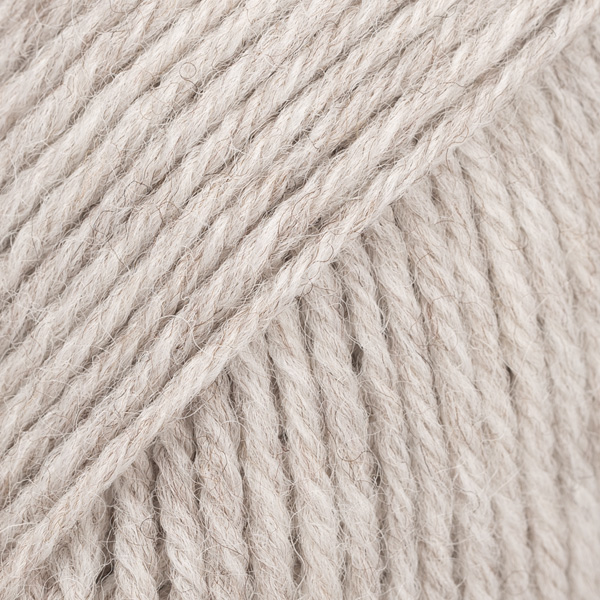



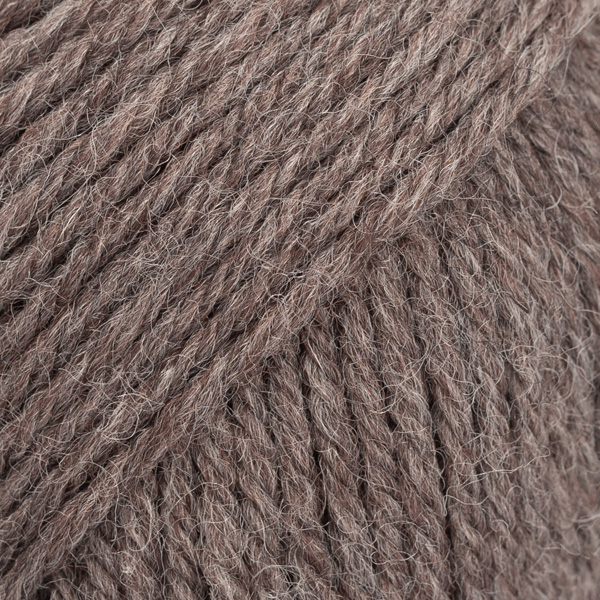

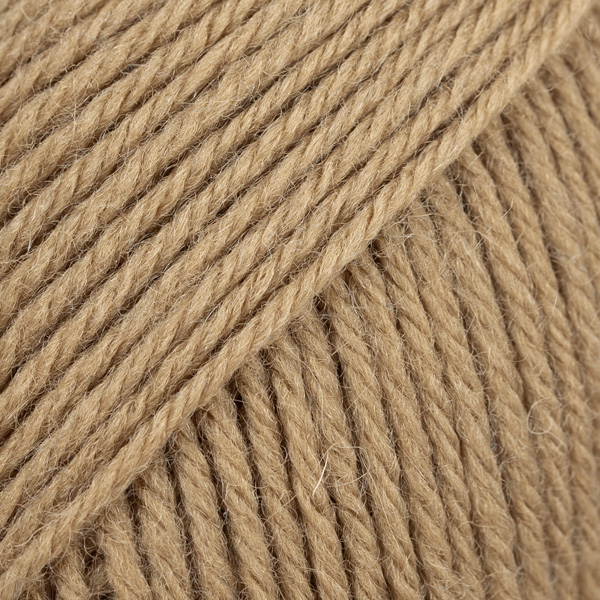

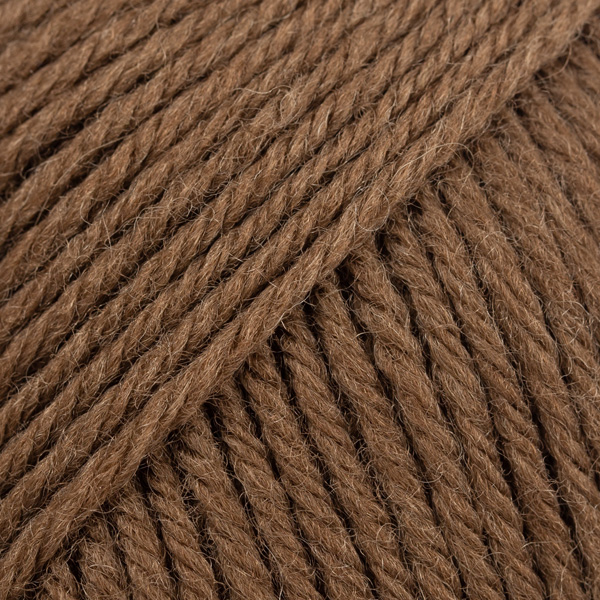






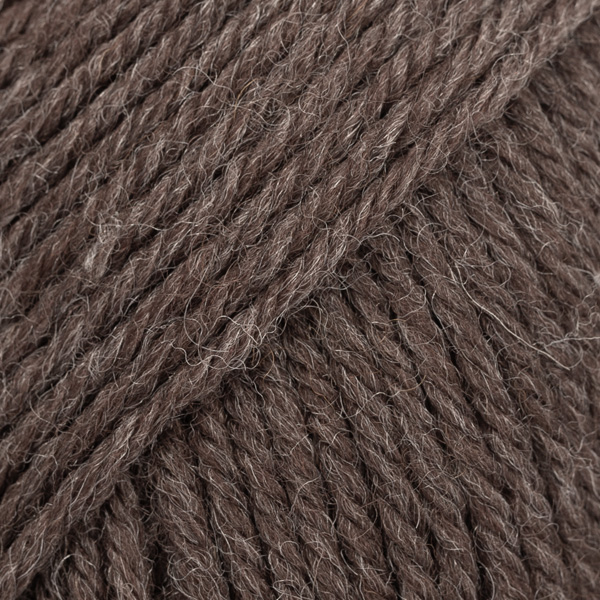

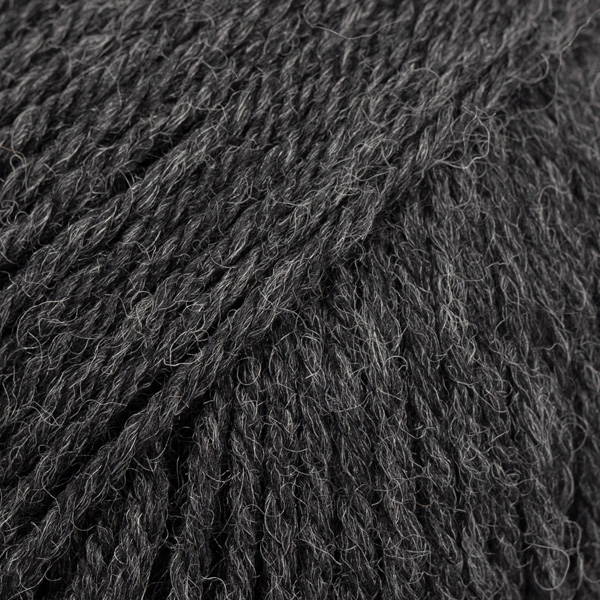








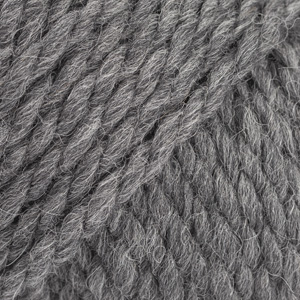









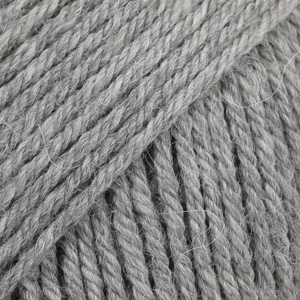





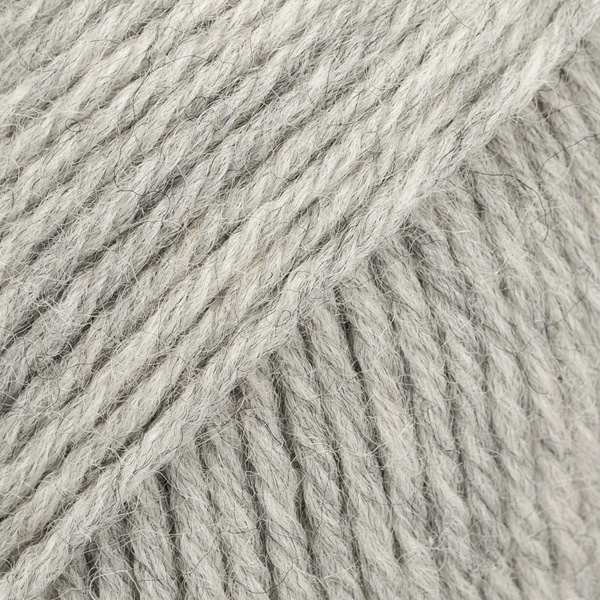




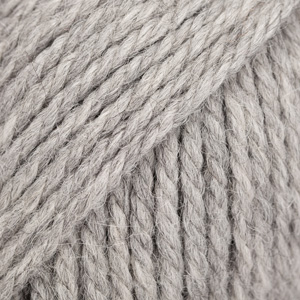

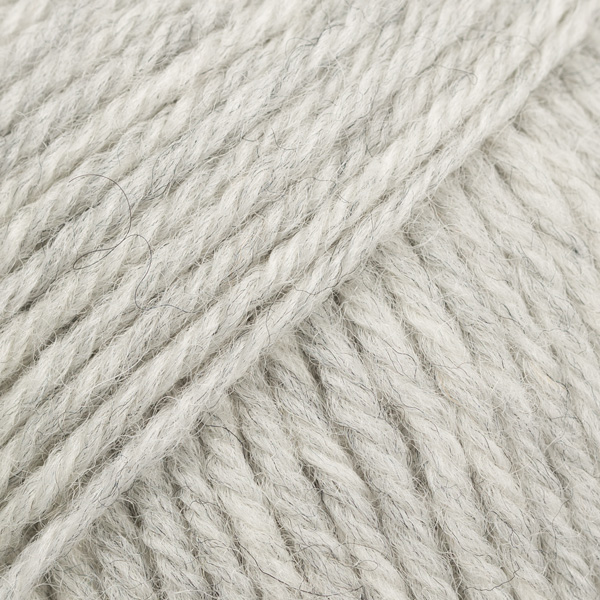

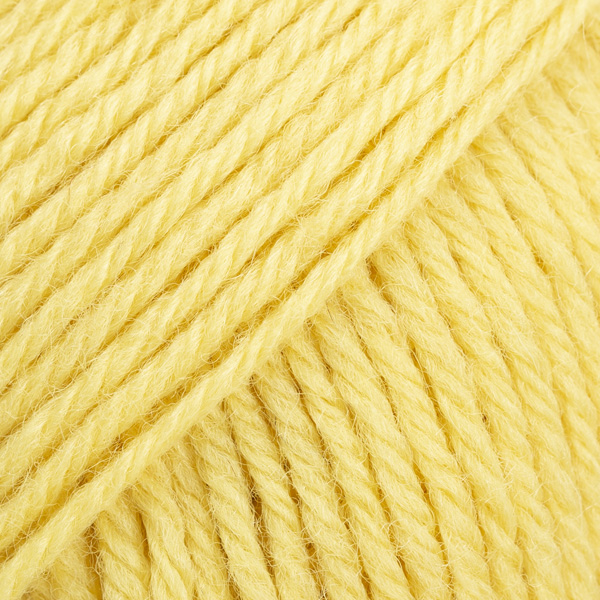


















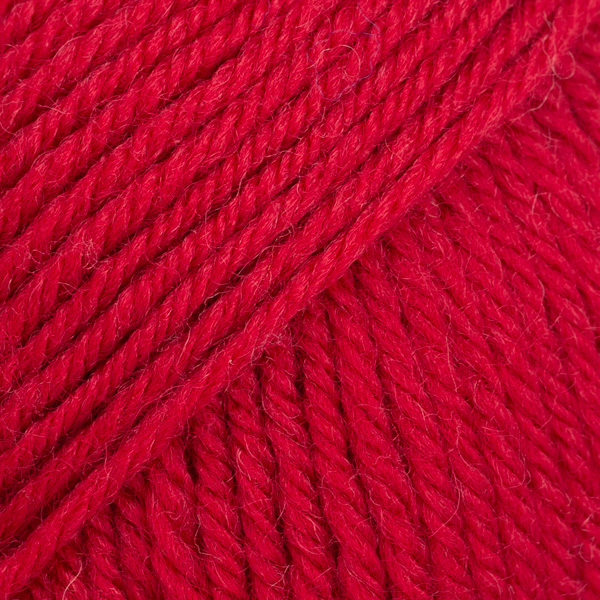




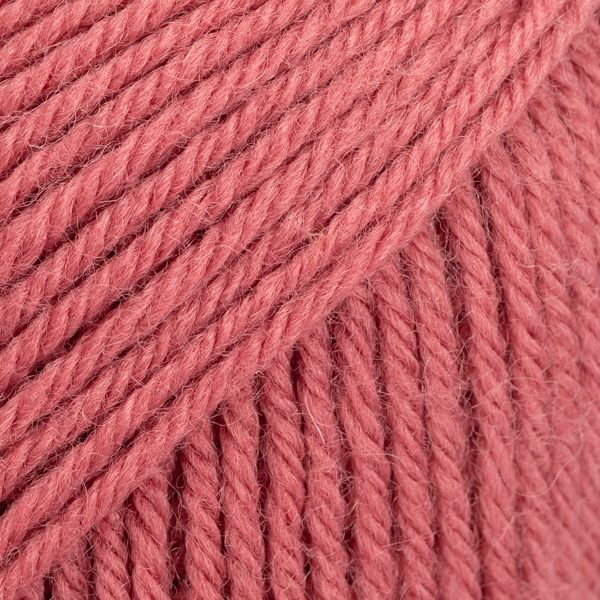

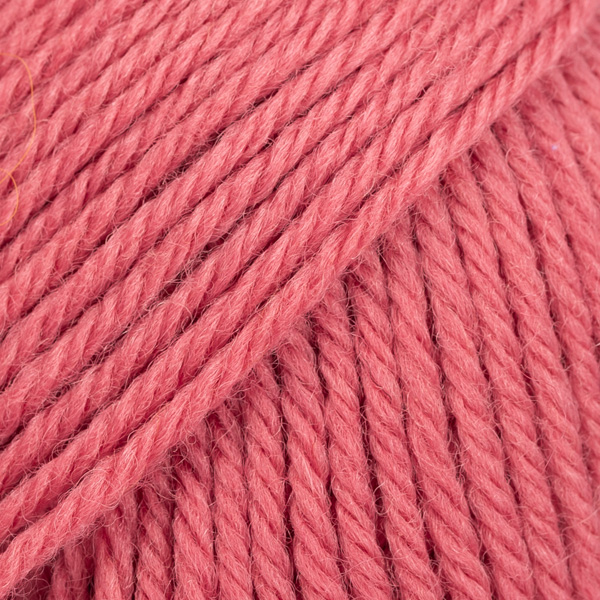

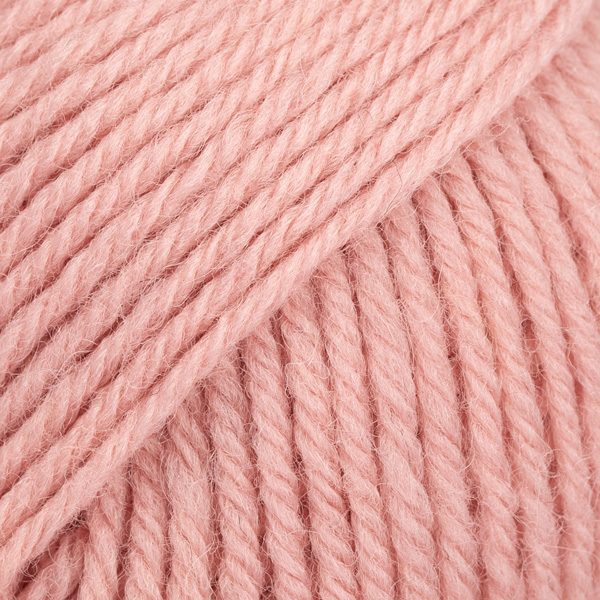

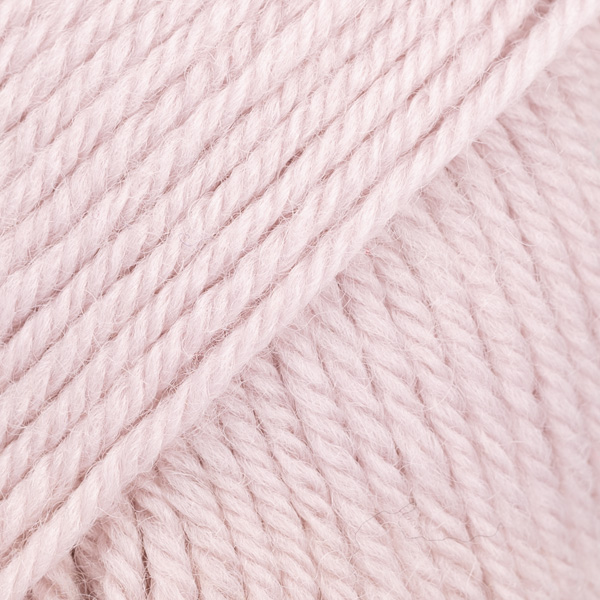

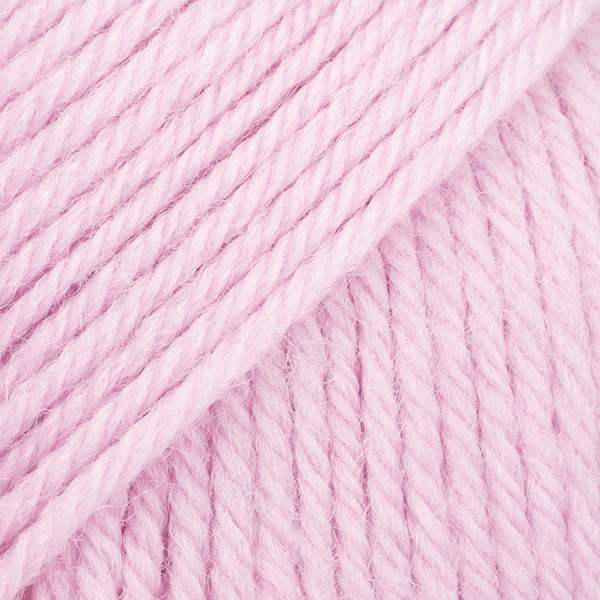
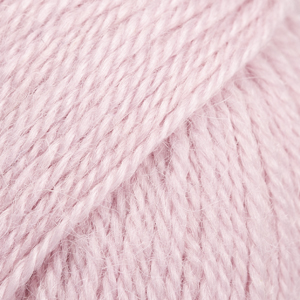
















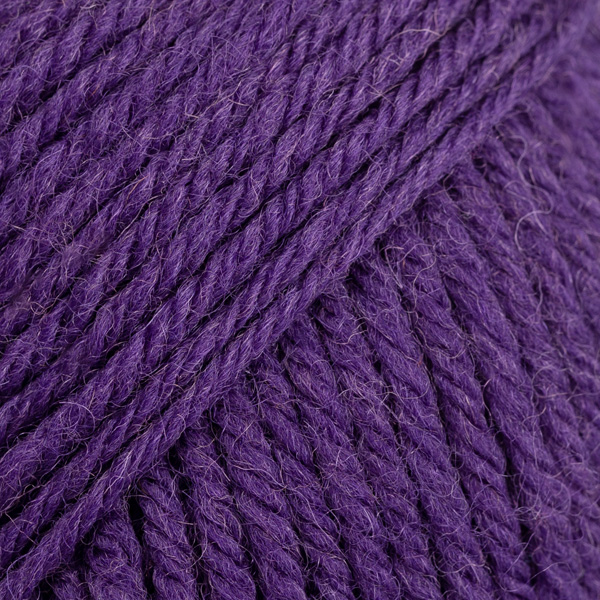
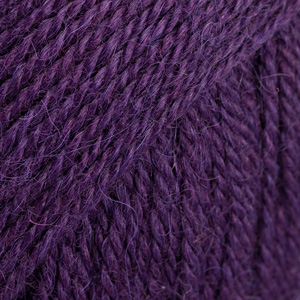



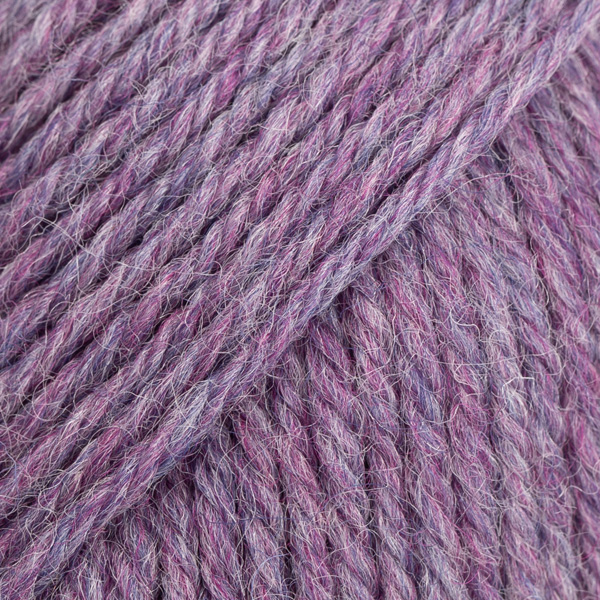
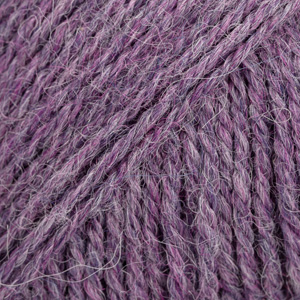



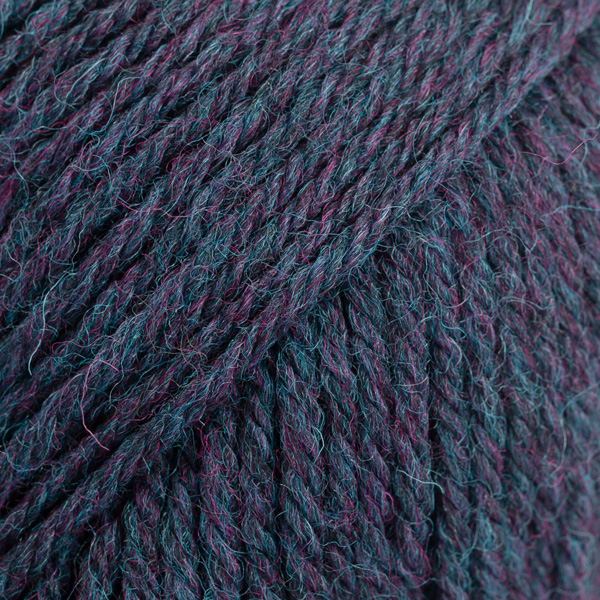




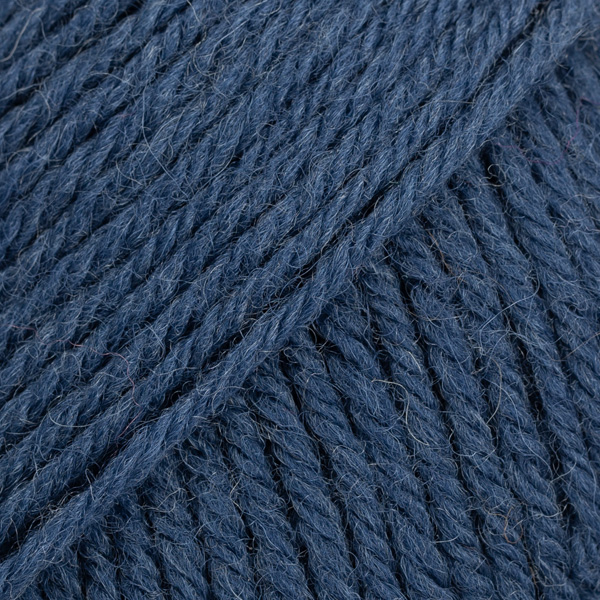





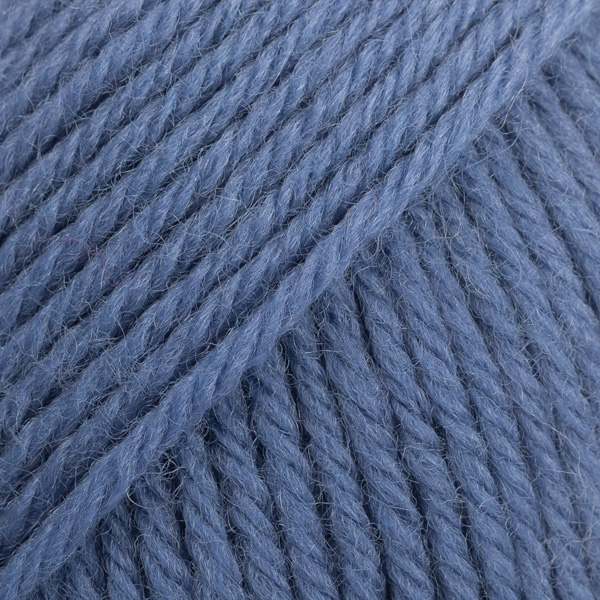

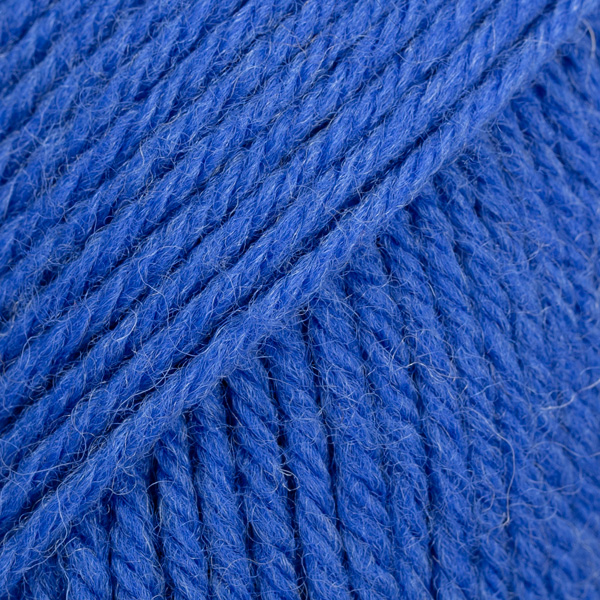











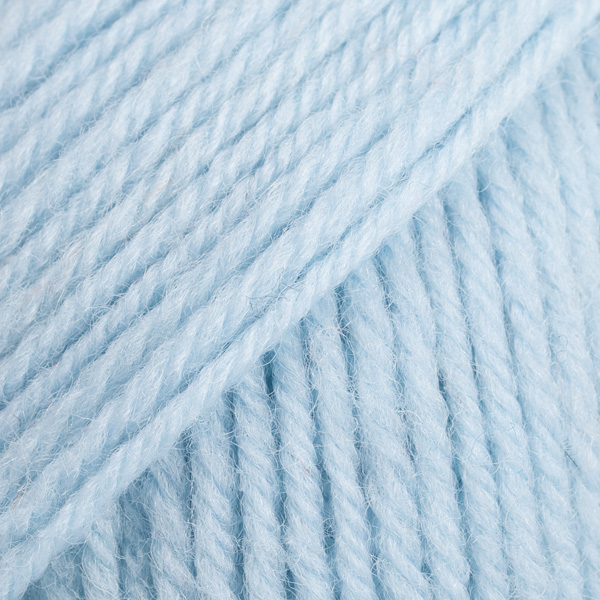



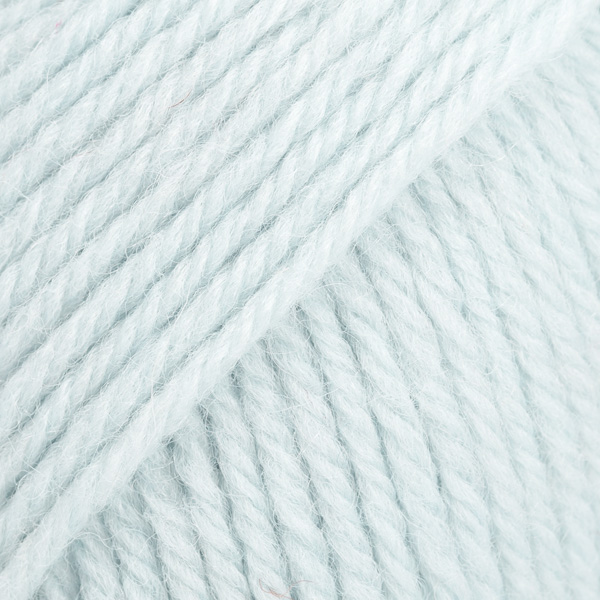


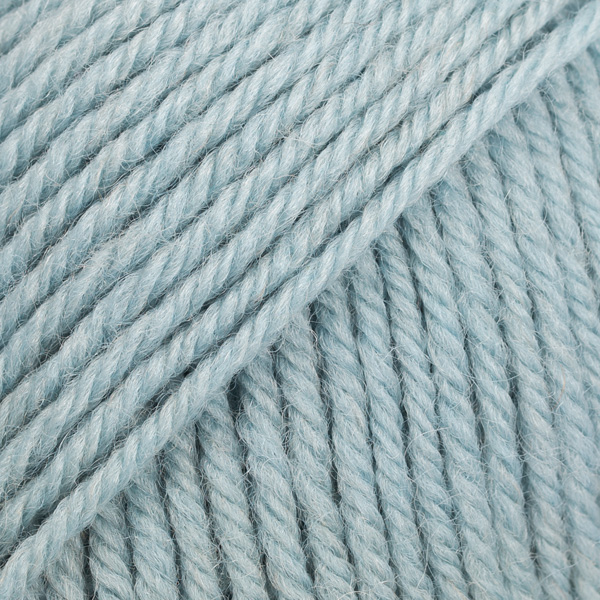



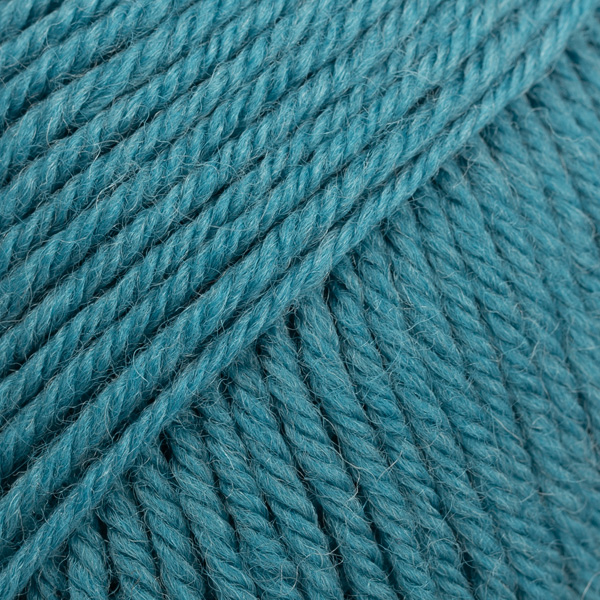





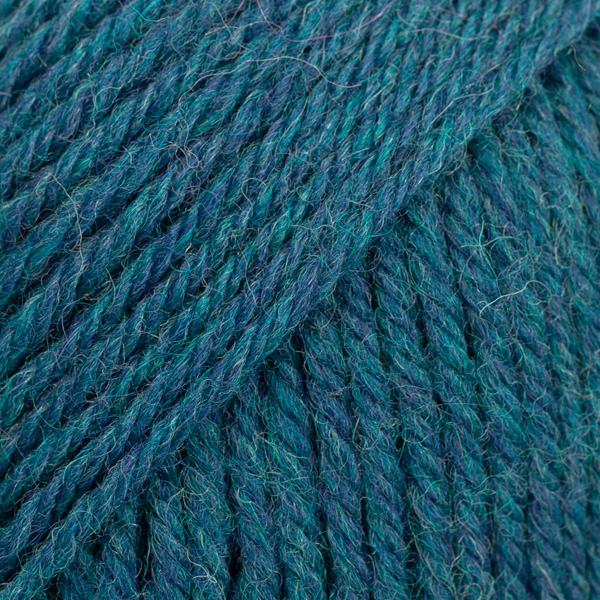
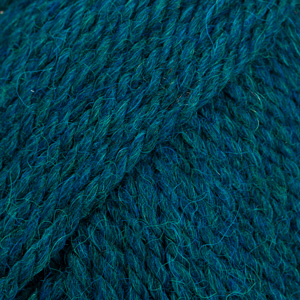


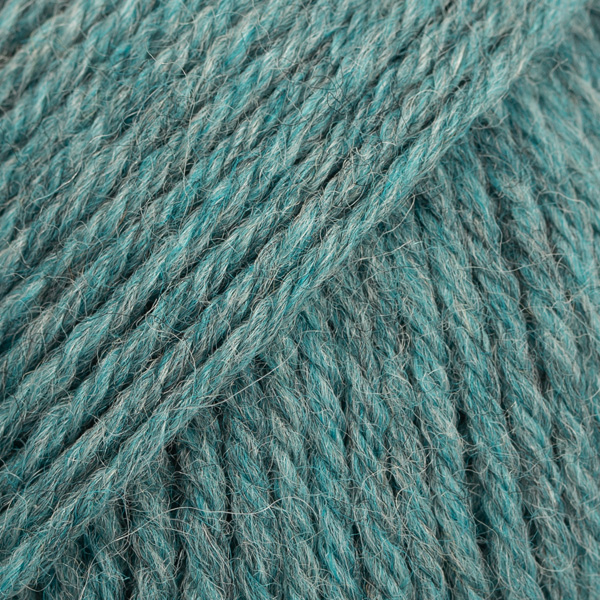




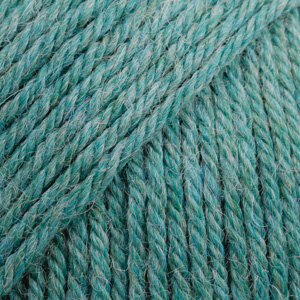




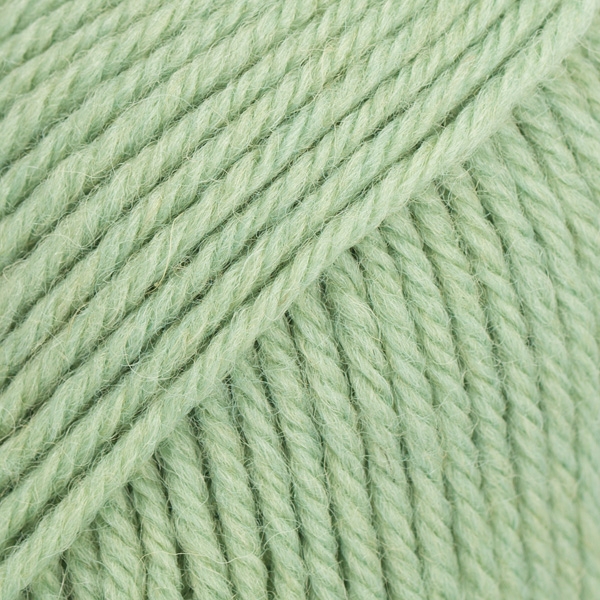

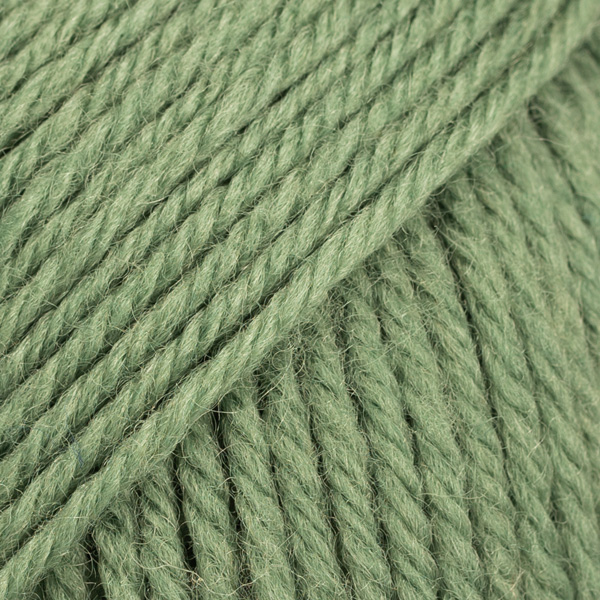

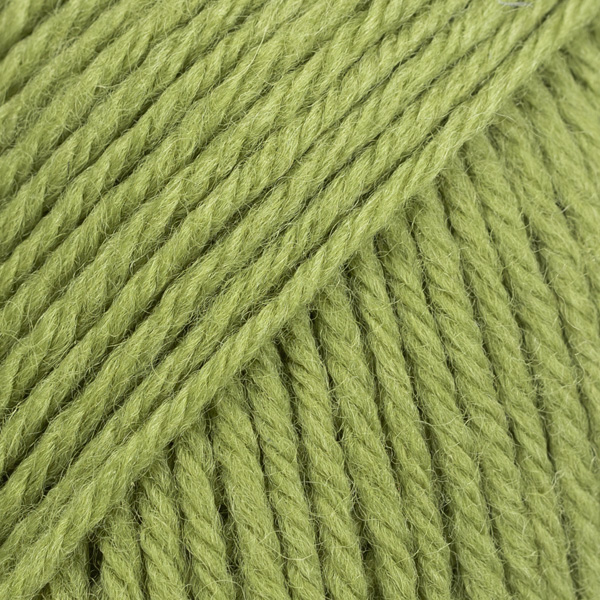

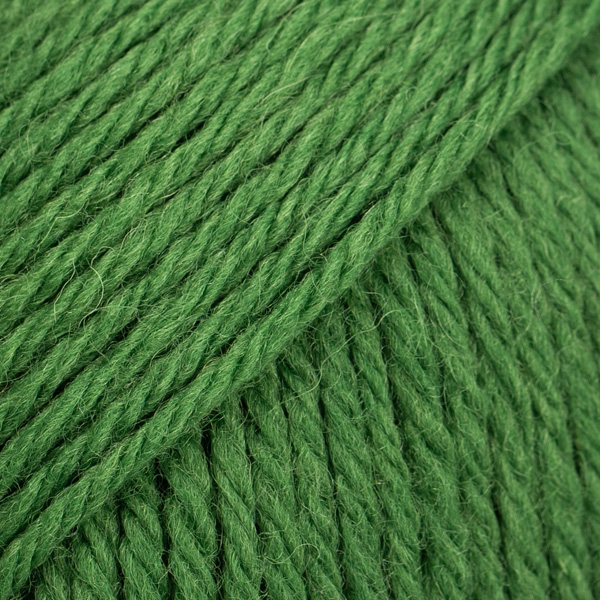




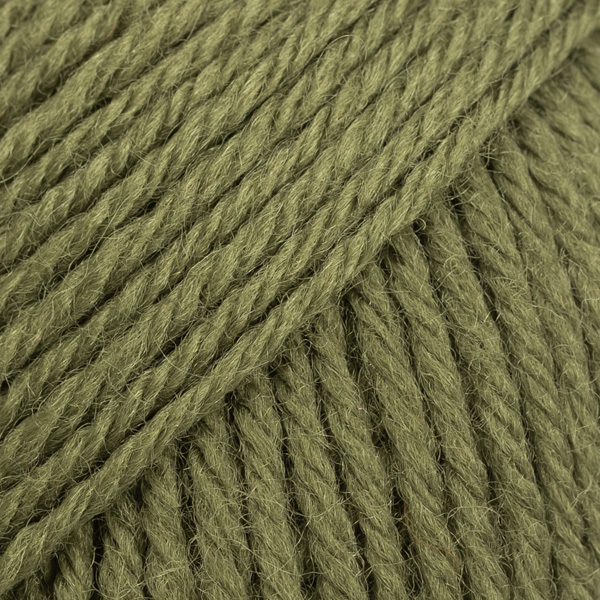






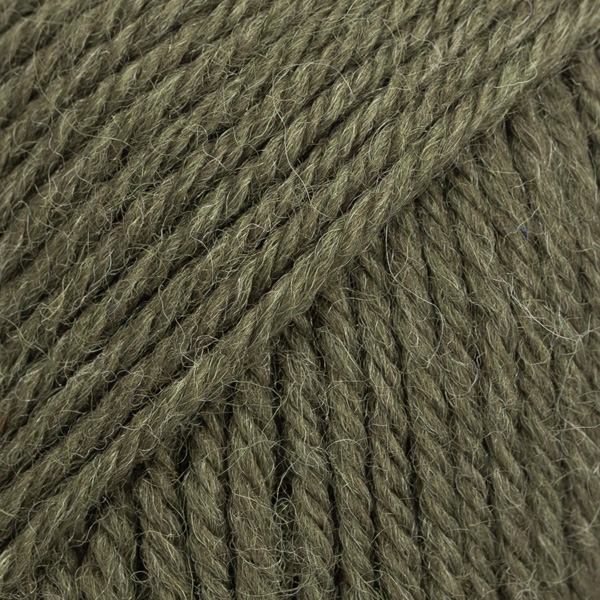

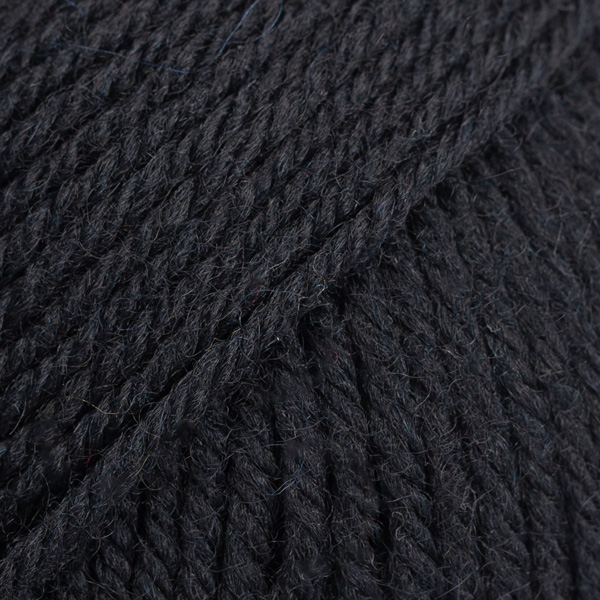

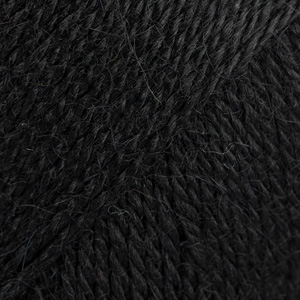

















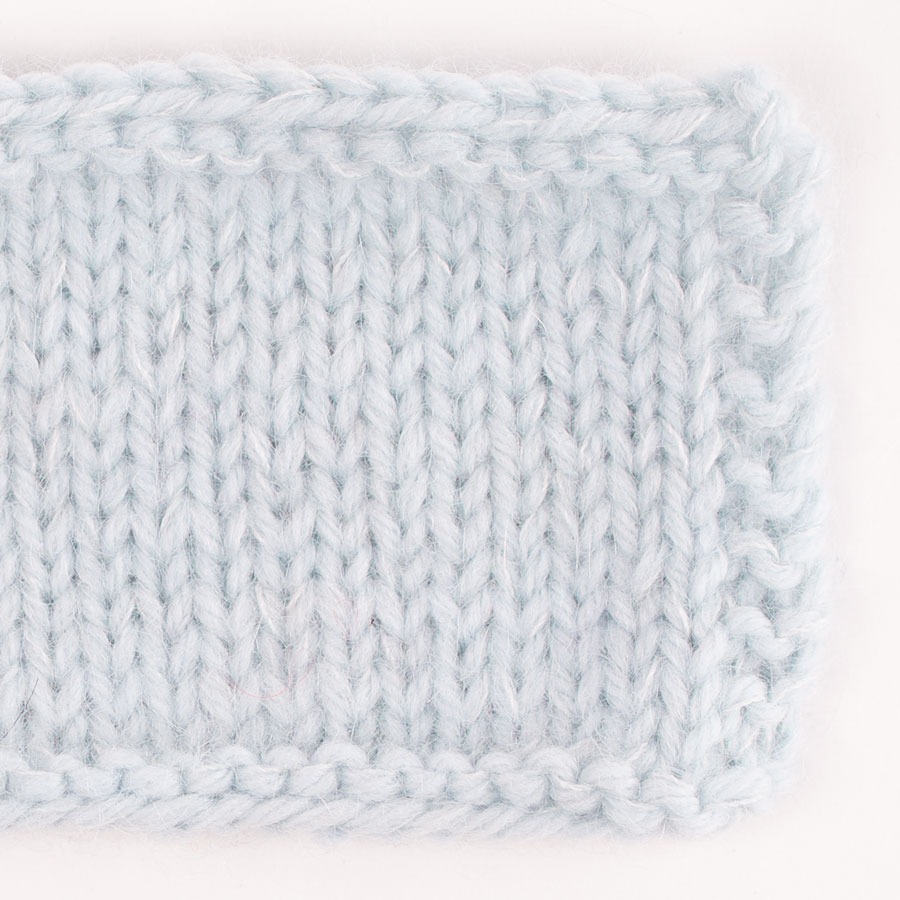
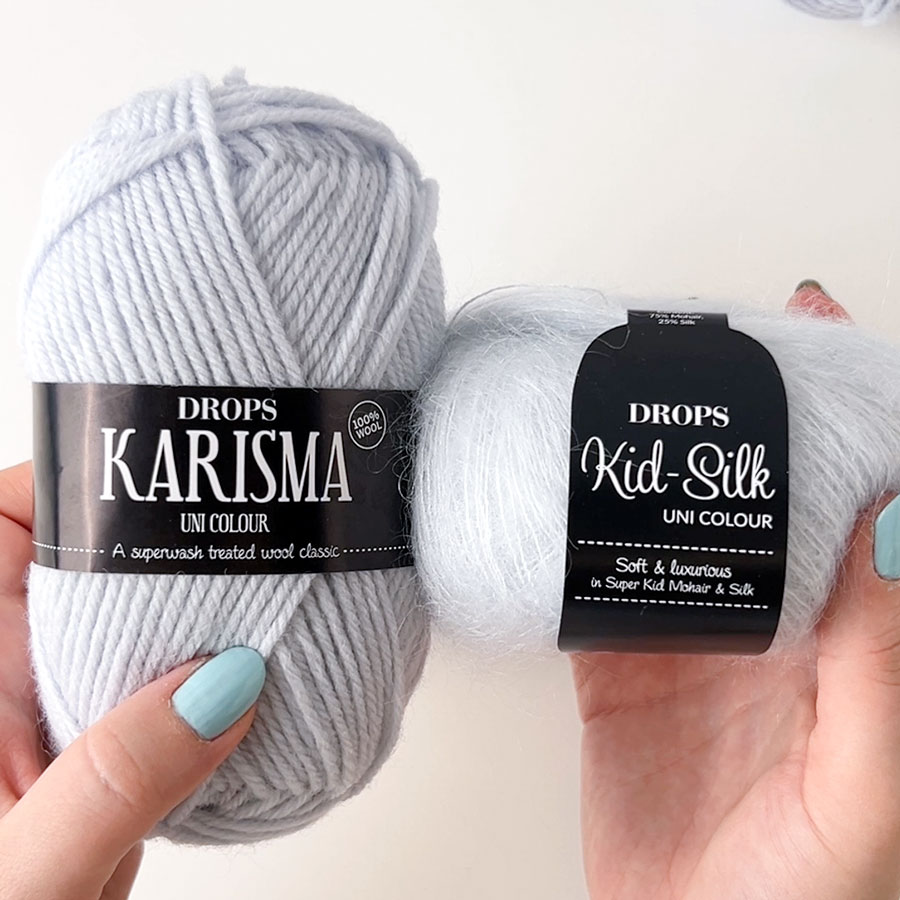

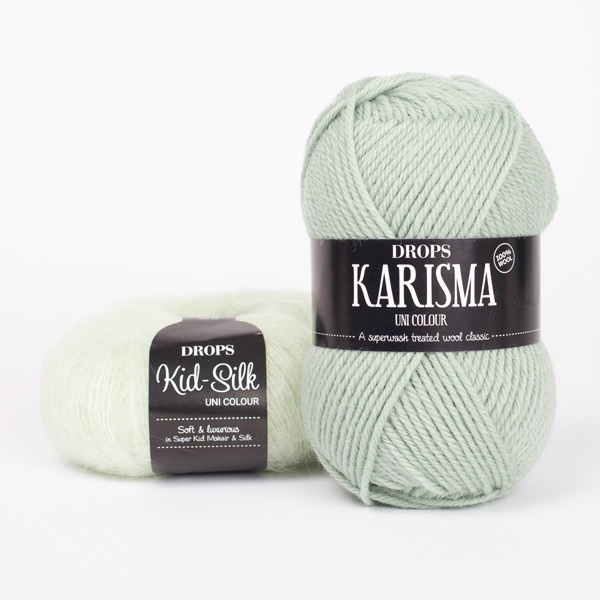
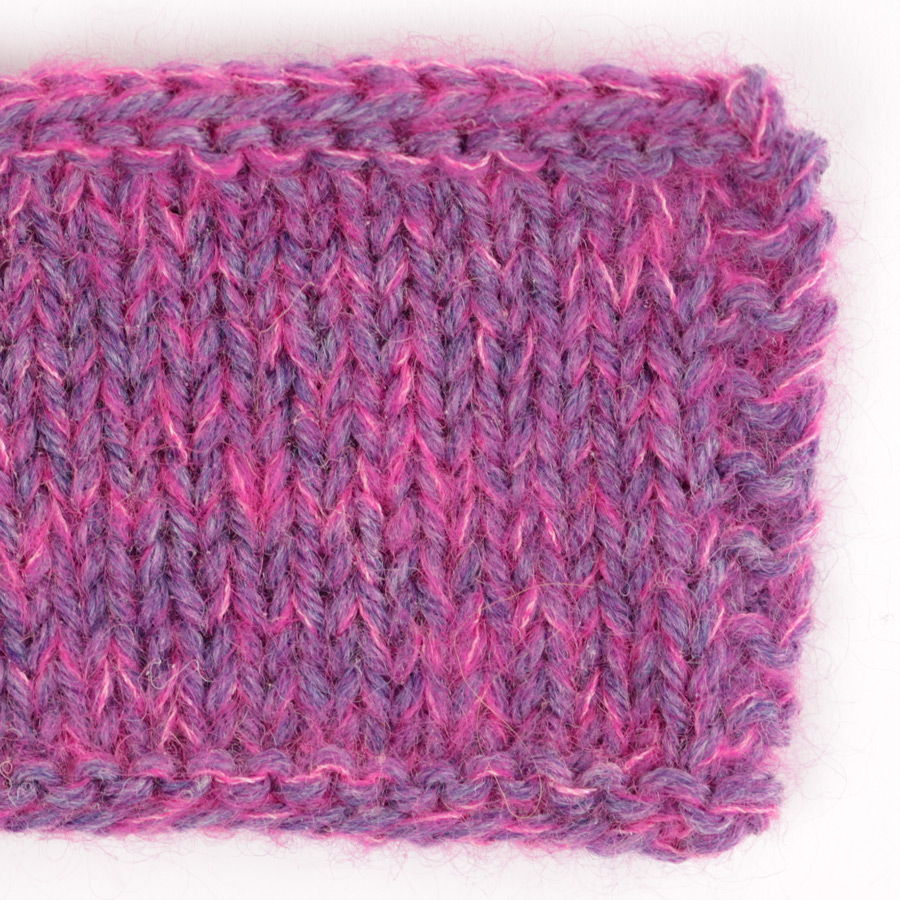
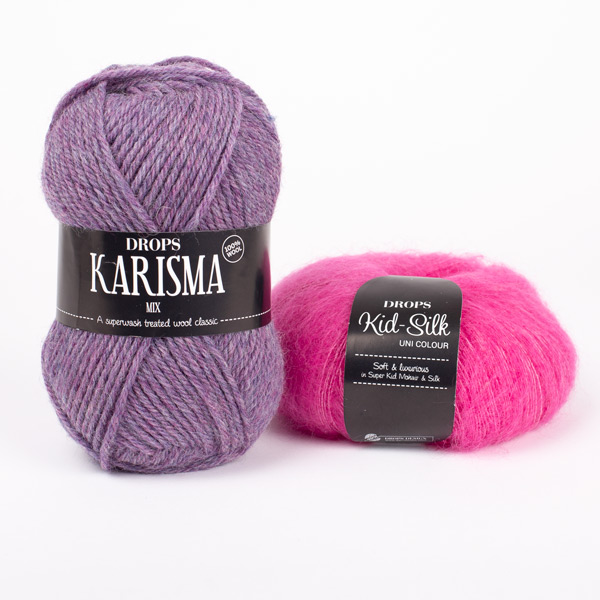
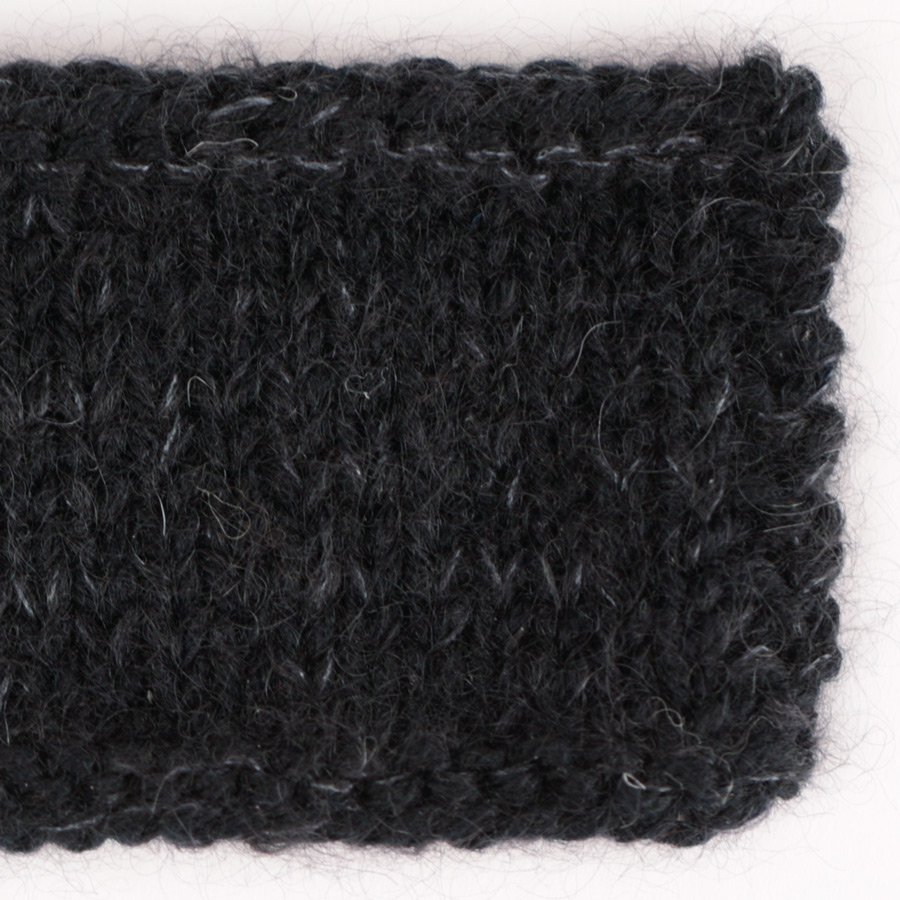
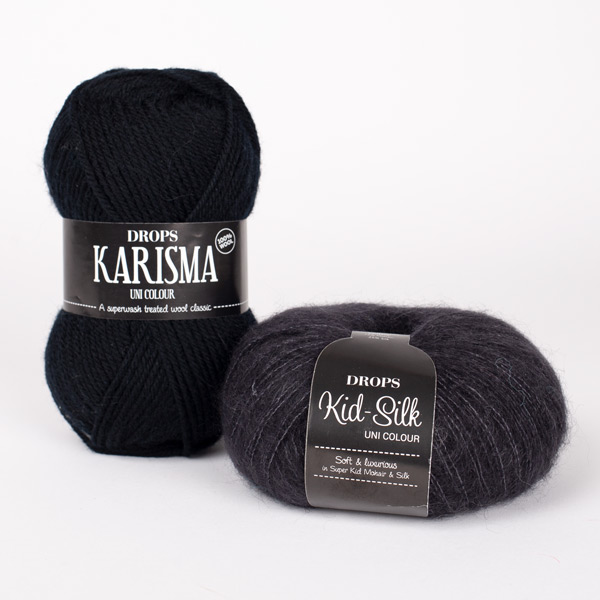
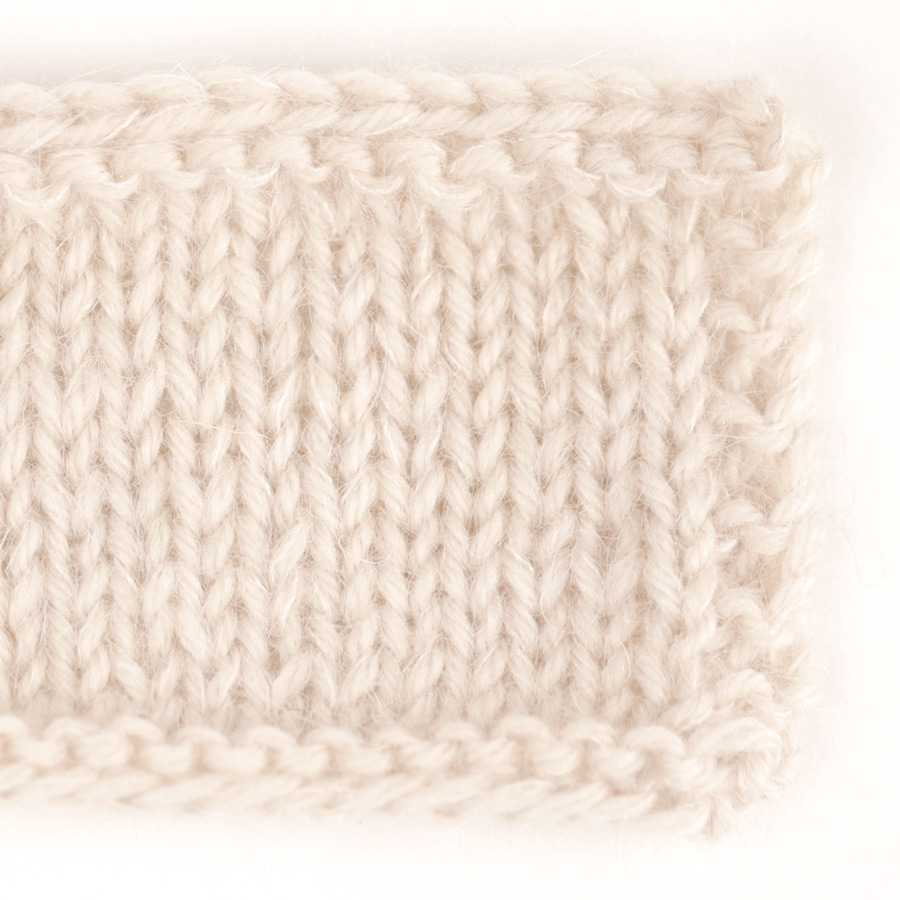

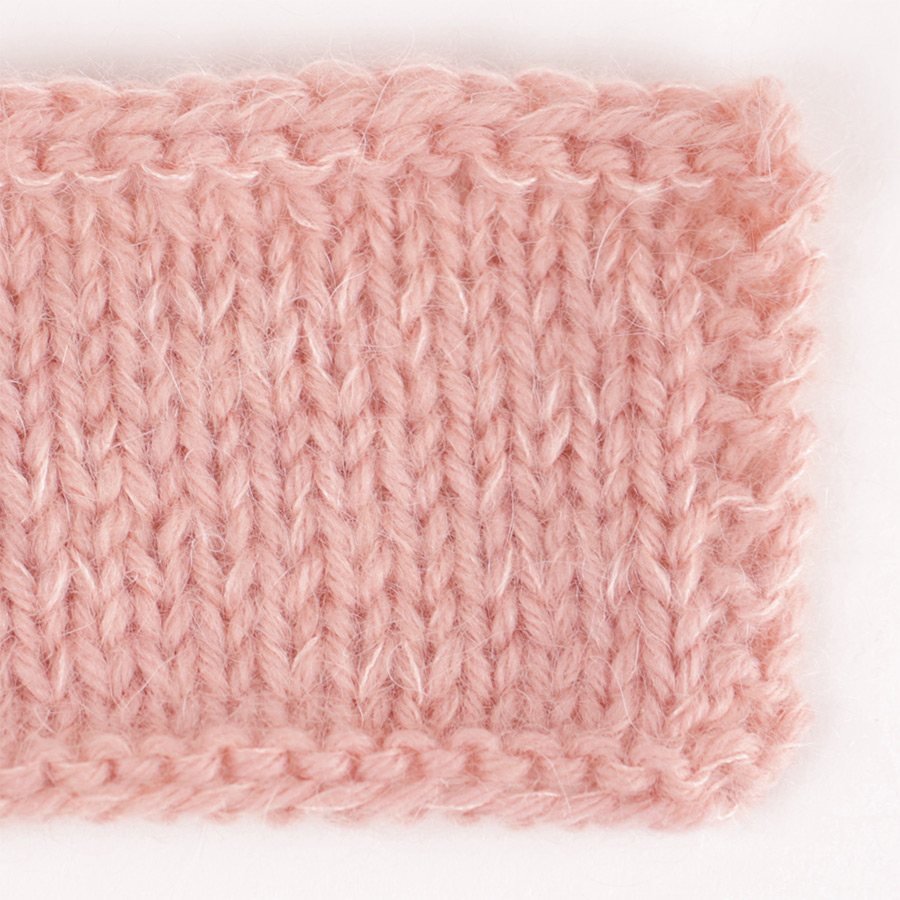
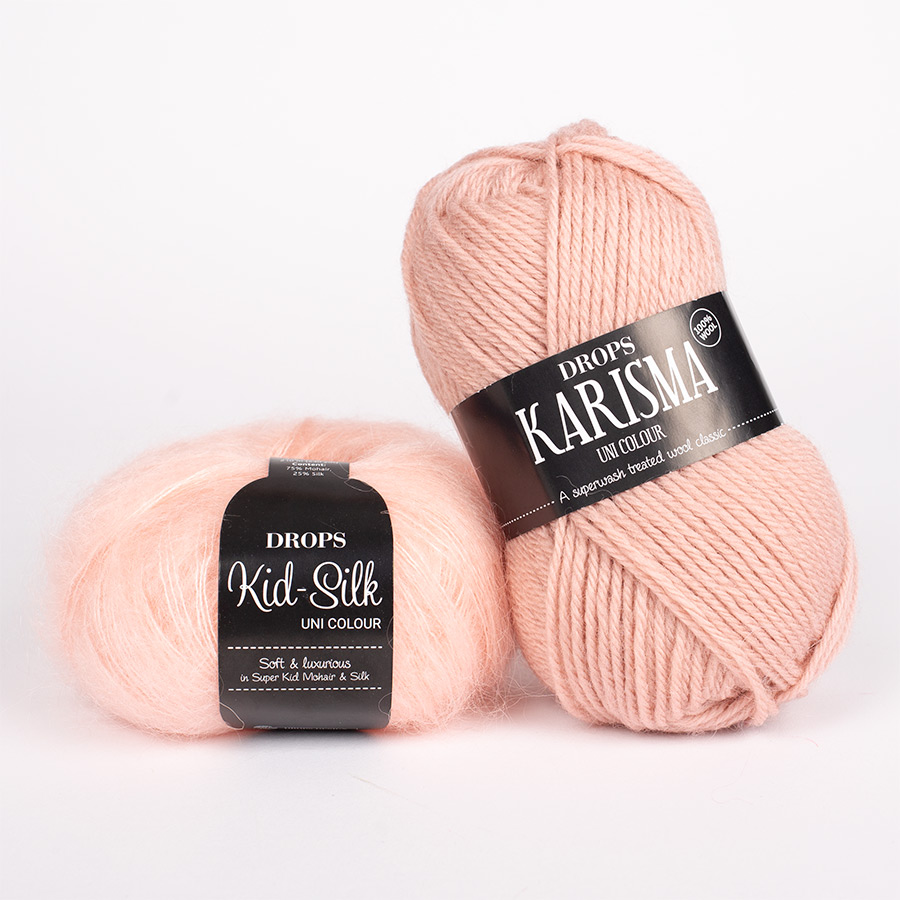









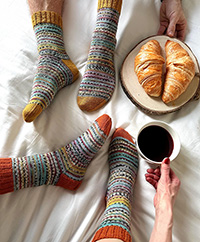
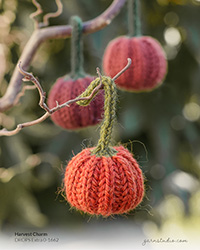



Oh, sorry, I understand now, the socks take 150g as pictured and the list below was just to show the price of the types of Karisma. I am wondering about whether I can just make the garter stitch part longer so they will be knee socks. They are for someone with skinny calves.
29.12.2014 - 17:29